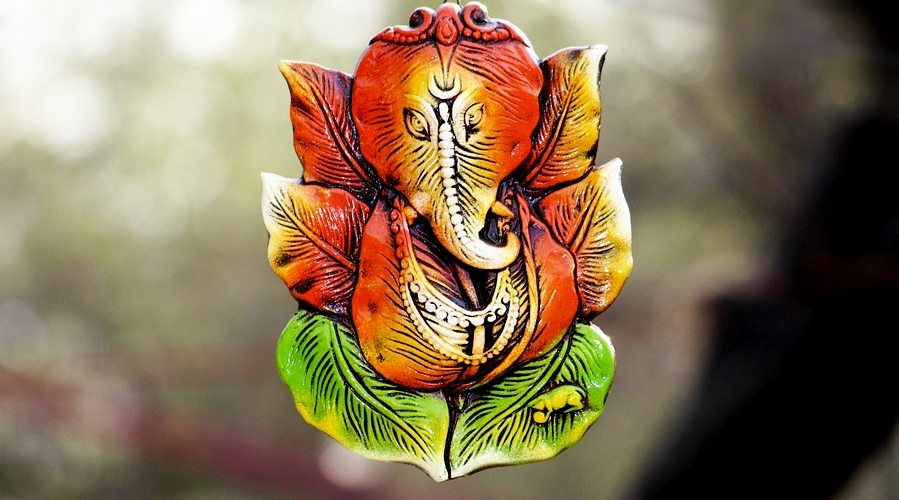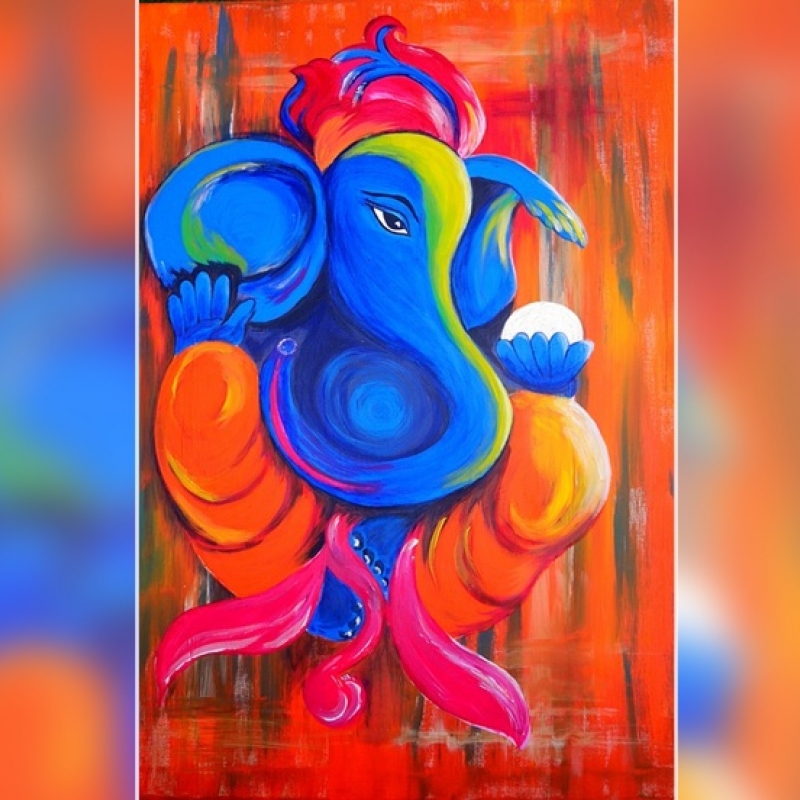Does the Raga Hamsadhwani intrinsically carry the associated meanings of Hamsa, especially when it is employed to render a devotional hymn on Ganesha? It would appear so. (Photo: Pixabay)
It is no coincidence that two of the famous Carnatic music compositions on Lord Ganesha are set in Raga Hamsadhwani. ‘Vatapi Ganapatim Bhaje’, a Sanskrit kriti composed by Muthuswami Dikshitar, and the Tamil song ‘Mooladhara Moorthy’, composed by Papanasam Sivan, are set in Hamsadhwani raga; and every Carnatic music student practises them while taking the very first steps into learning.
Almost all Carnatic music concerts begin with ‘Vatapi Ganapatim’ a prayer to Lord Ganesha, the remover of obstacles, a lord who blesses auspiciousness and well-being. The name of the raga, Hamsadhwani (literal translation: the tone of hamsa'), is in itself richly evocative of many associative symbolisms in Indian culture. Hamsa, the swan, is a dream symbol in many cultures and in Hinduism, it signifies self-transformation, intuition, sensitivity, and the higher self within each person. In yogic pranayama, Hamsa embodies the prana, the very breath of life. The inhalation is said to make the sound, ‘ham’ and the exhalation, ‘sa’. Thus, by constantly humming its own name, hamsa, hamsa, the inner presence reveals to the yogi-initiate.

Does the Raga Hamsadhwani intrinsically carry the associated meanings of Hamsa, especially when it is employed to render a devotional hymn on Ganesha? It would appear so, if we were to treat the Hamsadhwani as an ‘imaginary’ that triggers the flight of profound meanings. First of all, Hamsadhwani is an evening raga that is meant for hours after the dusk. On Ganesh Chaturthi day, the adherents wait for the Chaturthi tithi crescent of the moon to appear on the sky to celebrate the birth of Ganesha. The growing fourth crescent of the moon called Chaturthi is often slow to appear on the Ganesh Chaturthi day, and it does demand a raga that is appropriate for the auspicious beginning of beginnings. What else other than Hamsadhwani could represent the joy of coming alive?
The grand lady of Carnatic music, M.S. Subbulakshmi would render ‘Vatapi Ganapatim’ in measured joys and well-spaced spreading of the wings, and her rendition continues to remain unparalleled in its majesty and completeness. In M.D. Ramanathan's singing of the same song, we gain an entirely different experience. M.D. Ramanathan's Hamsa takes small baby steps, flaps its wings, and tries out small flights before taking off for a full flight. Deep-throated M.D. Ramanathan had sung ‘Vatapi Ganapatim’ in so many varying pitches and speeds that every time one listens to him the flavours of Hamasadhwani engulf the listener with the wonders of the variations on a theme. M.D. Ramanathan's slow-paced renditions of the song are often meditative, and they test the boundaries of the raga creatively.
Listen to M.S. Subbulakshmi's rendition of 'Vatapi Ganapatim' here.
Listen to M.D. Ramanathan's rendition of ‘Vatapi Ganapatim’ here.
One needs to listen to U. Srinivas’ joyous and youthful playing of the song in his magical mandolin to really appreciate the range and variety the song lends itself to. U. Srinivas' Hamsa is a sweet bird of youth, and it flaps its wings in the endless freedom offered by the sky.
Listen to U. Srinivas’ joyous and youthful rendition of ‘Vatapi Ganapatim’ here.
At this point, it would be interesting to listen to T.H. Vikku Vinayakram’s Ganapathi Thalam that he specially composed for the celebration of Ganesh Chaturthi. With the solkattu being effectively delivered by Mahesh Vinayakram, maestro Vikku Vinayakram creates with his ghatam, the power and energy of an elephant god marching. The importance of rhythm is well-recognised in Indian classical music, and it becomes more pronounced when an artiste like Vikku Vinayakram demonstrates it. The imaginary of a bird flying and fusing with the energy of a primordial force achieves concrete imagery in Vikku Vinayakram's Ganapathi Thalam.
Listen to T.H. Vikku Vinayakram’s Ganapathi Thalam here.
Maybe listening to the Hamsadhwani raga set to praise Ganesha has certain encoded secrets in its imaginary. Hamsa, the swan, exhibits in its existence the two-fold nature of all beings; it swims on the surface of the water but is not bound to it. Withdrawing from the water, it can fly into the air above where it is as much at home as it is in the water below. While listening to the inner humming of the Hamsa, the legendary Markandeya realised the secret of the imaginary embodied by the bird. As he sat listening to the sound Hamsa, Hamsa continuously it became ‘sa’ham, sa’ham’. Sa means this and ham means I. For Markandeya, this would translate into, ‘I, the human individual, of limited consciousness, mired in Maya, delusion, am actually This or the Highest Being of unlimited consciousness and existence’. Perhaps listening to the Ganesha kritis set in Hamsadhwani raga and the Ganapathi Thalam is a way of growing into the possibilities enshrined in our culture.
This article also appeared on Indianexpress.com. Views expressed are personal.













